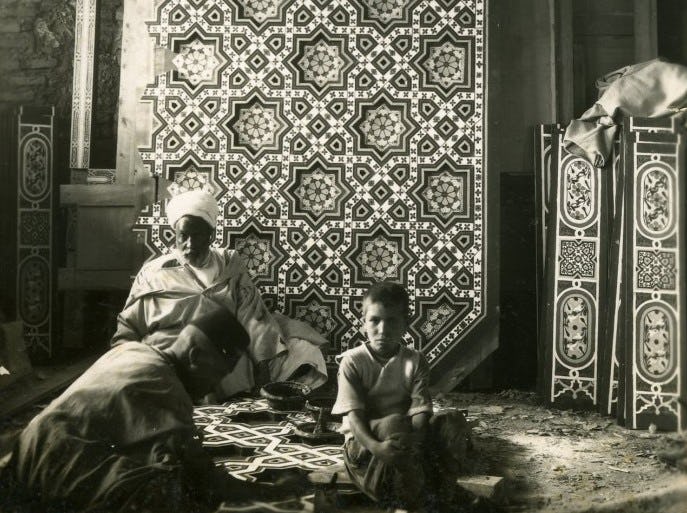Cobalt Glazed Lusterware Dish with Floral Motifs
Date19th century
PeriodQajar
MediumStonepaste, monochrome glaze, luster
DimensionsOverall: 1 7/16 x 7 1/4 in. (3.7 x 18.4cm)
ClassificationsCeramics
Object number48.418
DescriptionModernization altered many aspects of Iran’s historic ceramic industry. While local pottery production essentially continued into the nineteenth and early twentieth-century under the Qajar dynasty, the materials and manufacture of the craft were transformed by the pressures of industrialization and competing (and often higher quality) wares imported from Europe, Russia, and China. In the face of such challenging forces, potters sought to produce dishes that could stand out on a globalizing market. As can be seen with this blue glazed dish, one such strategy was to look towards the past and self-conscious recreations of historic techniques, including Persian lusterware.Invented during the ninth-century ‘Abbasid dynasty in modern-day Iraq, lusterware is one of the most famous innovations in the history of Islamic arts. This cobalt blue bowl demonstrates the luster technique through its brilliant gold, pink, and fuchsia reflective sheens offsetting the almost black painted foliated floral motif sprawling across the deep blue glazed surface. Two solid bands around the circular edge frame the overall painted floral design that was also likely created using a historic method of pouncing the drawn floral design onto the clay dish. Achieved through mixing metals into colored glazes, the nineteenth-century revival of Iranian lusterwares was likely marketed towards the increasing foreign interest among European collectors and historians of premodern Persian ceramics.
On View
On viewCollections
18th - 19th century
18th - 19th century
late 19th century
Late 19th century
Late 19th century
Late 19th century
















